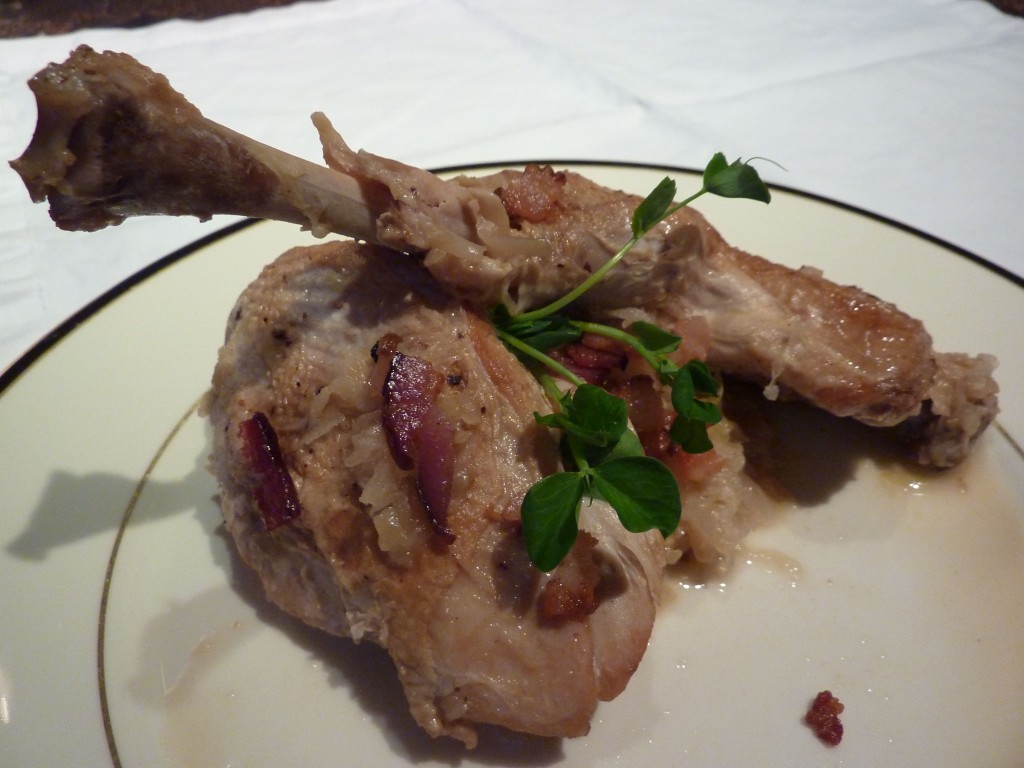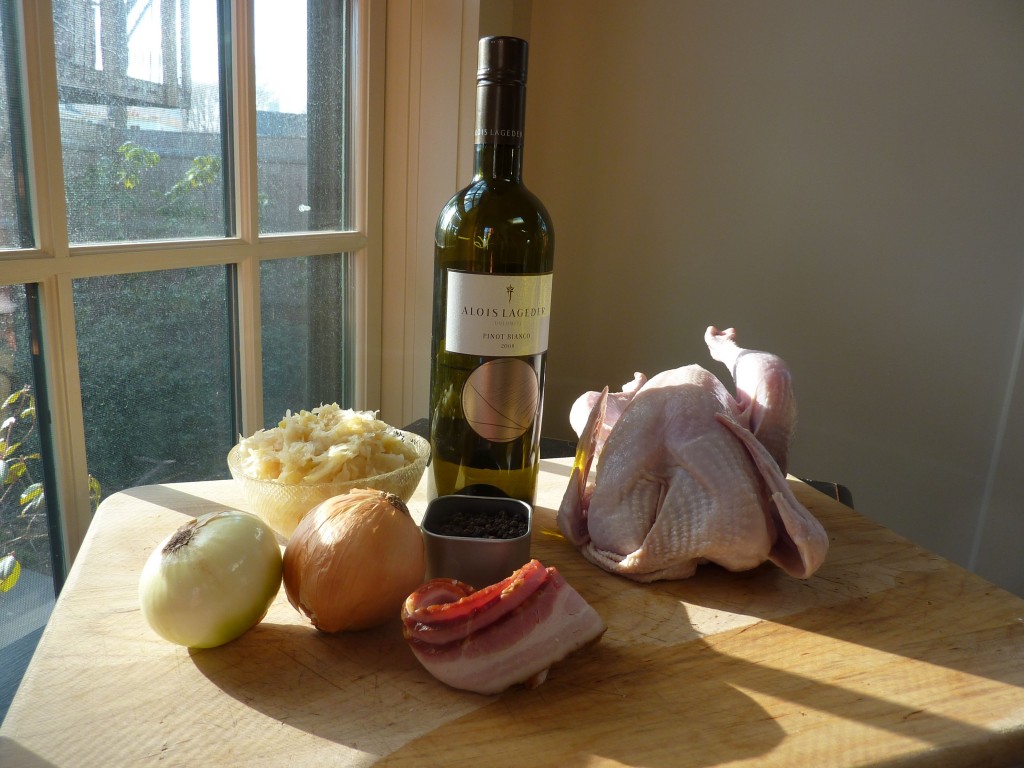
Sauerkraut is a classic German dish that is not usually associated with Italy, but is often seen in the Northeastern regions of Trentino and Friuli-Venezia Giulia. Both regions have been ruled by the Germanic peoples to the north before becoming part of Italy as we know it today. On our Italiaoutdoors bike, hike and ski trips to these regions we see the germanic influence everywhere – in the dress, the architecture, the foods and use of both German as well as Italian languages. And my research into this food has uncovered many surprising health benefits to sauerkraut as well – including some pretty amazing cancer fighting properties. A Polish study, undertaken to discover why Polish women who moved to the US had higher rates of breast cancer than those who stayed behind found a link to the consumption of sauerkraut, especially amongst adolescent girls – sauerkraut not playing much of a role in any US teenager diet that I am aware of!

Sauerkraut, which translates to ‘sour cabbage’ in German, is thinly sliced cabbage that is fermented in order to preserve it. The sliced cabbage is salted and packed into a crock. The salt draws the liquid from the cabbage, and creates a brine. Lacto-bacteria then ferments the sugars in the cabbage, giving the sauerkraut its’ distinctive sour flavor. It is traditionally served with pork. In Trieste, the many restaurants that serve buffets (a Trieste mainstay) will offer a piatto misto con kraut, mixed pork with kraut. This recipe, adapted from La Terra Fortunata by Fred Plotkin, hails from the farmhouses in the Corso region of Friuli-Venezia Giulia, along the Slovenian border. It gives a nice variation to the traditional pork and kraut combination, a braise with chicken. The sauerkraut that is served in Italy is a bit more mild than that found in the US, but the 40 minutes or so of cooking here will mellow it a bit. Rinsing the sauerkraut before using it will also help.
A nice white wine from the Carso DOC in Friuli-Venezia Giulia would make a wonderful pairing – this region, located right on the Slovakian border, produces a nice Malvasia, as well as Vitovska, both made from grapes grown here since ancient times.
Pollo del Carso con Crauti
Serves 4
1 organic chicken, cut into two legs and two breasts
Kosher salt and freshly ground pepper
2 tablespoons bacon fat, or 1 tablespoon butter and 1 tablespoon extra virgin olive oil
4 slices bacon, chopped
1 medium onion, cut into 1/4 inch dice
2 pounds sauerkraut
1/2 teaspoon whole black peppercorns
1/2 cup white wine
Place the chicken pieces on a sheet pan, and season with salt and pepper.

Heat the bacon fat or butter and oil in a large enamel or other heavy bottomed pan over medium high heat. When the oil is hot, sear the chicken pieces on all sides, until nicely golden brown all over. Remove from heat and place on sheet pan. Do not crowd the chicken pieces in the pan while searing; they will steam rather than sear if they are too close together.
Add the onion, and cook until softened. Add the peppercorns and sauerkraut, reduce the heat and cook for about 10 minutes, stirring occasionally. Season with salt.

Place the chicken on top of the sauerkraut. Pour the wine over the chicken and bring to a boil. Reduce the heat, and cover with a sheet of parchment and foil, then cover with the lid. Cook for 40 minutes, until the chicken is quite tender. Serve with the sauerkraut on the side.
